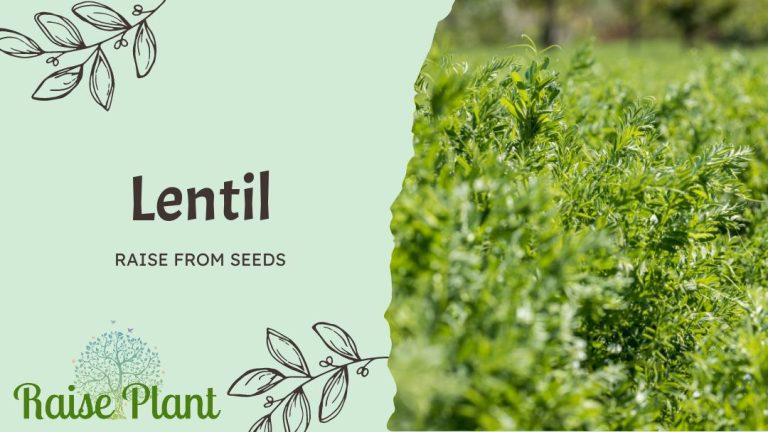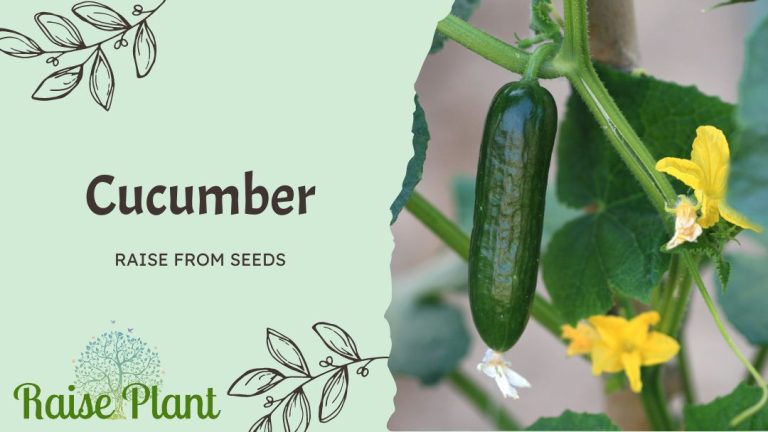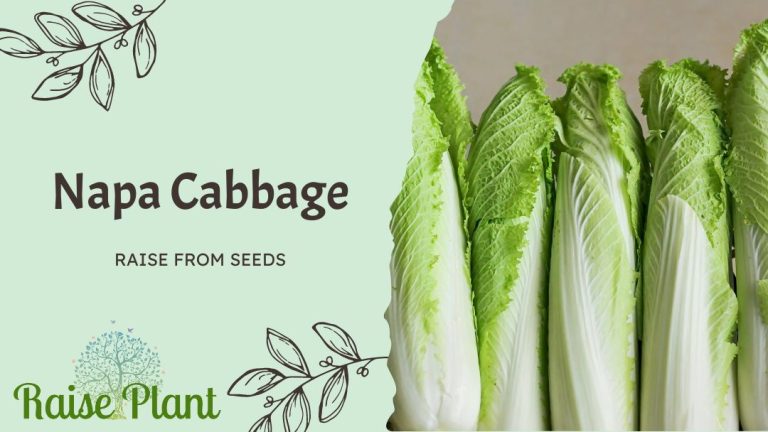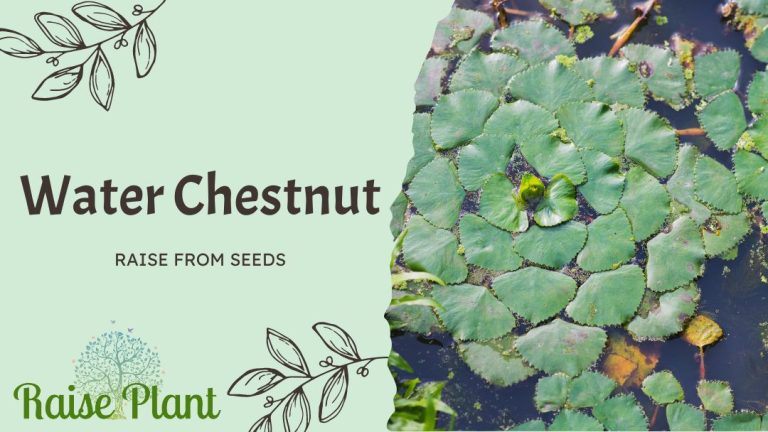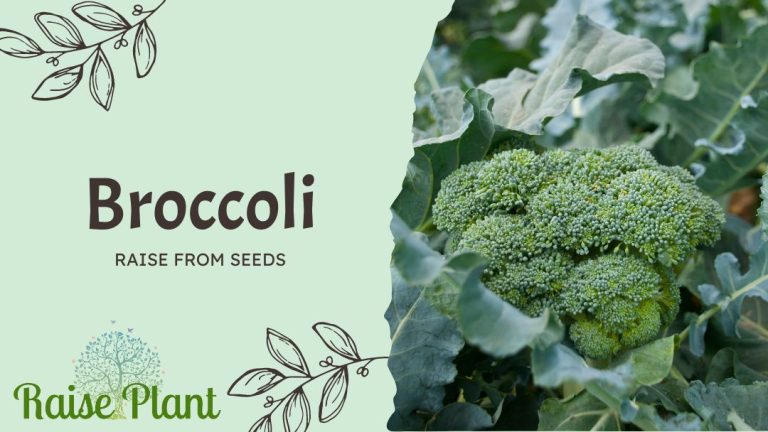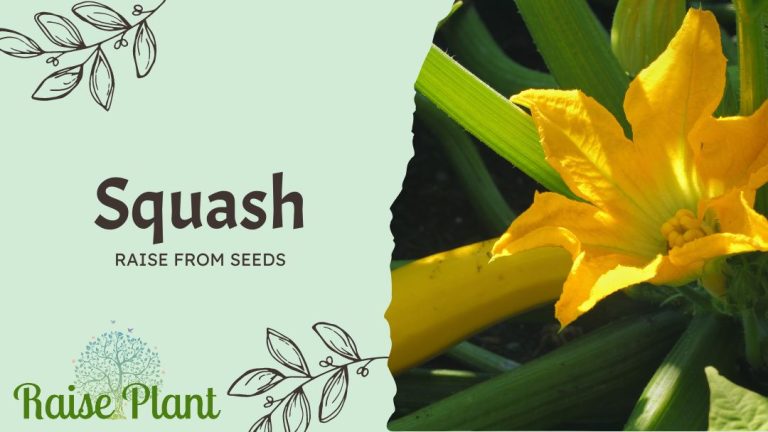From Seed to Spicy Success: A Comprehensive Guide to Growing Peppers
Growing peppers (Capsicium species) from seeds is an exciting and rewarding experience that everyone should try at least once. Not only does it allow you to enjoy fresh produce straight from your garden, but it also saves you money in the long run.
Store-bought peppers can be expensive, especially if you prefer organic produce. By growing your own peppers, you have complete control over how they are grown and harvested.
Better Taste and Nutritional Value
There’s nothing quite like biting into a fresh, juicy pepper that you’ve grown yourself. The taste is incomparable to store-bought peppers that have been picked early and shipped long distances before reaching the shelves. When you grow your own peppers, you can let them ripen on the plant until they are fully mature with a rich flavor.
Furthermore, homegrown peppers tend to be more nutritious than their store-bought counterparts. They contain higher levels of vitamins and minerals because they are picked at peak ripeness when the nutrients are at their highest concentration.
A Sustainable and Environmentally Friendly Choice
Growing your own food is a way to reduce your carbon footprint and contribute to a sustainable future for our planet. By avoiding harmful chemicals in commercial farming practices, you can keep the environment healthier for all living beings. Additionally, growing your own food lowers transportation costs associated with bringing food from far away places into local grocery stores – saving fossil fuel resources which helps preserve our environment.
Growing pepper from seeds not only provides tasty produce but also has numerous benefits for both individuals and society as a whole. It’s an excellent way to contribute positively towards creating a more sustainable future while enjoying delicious produce right out of your garden!
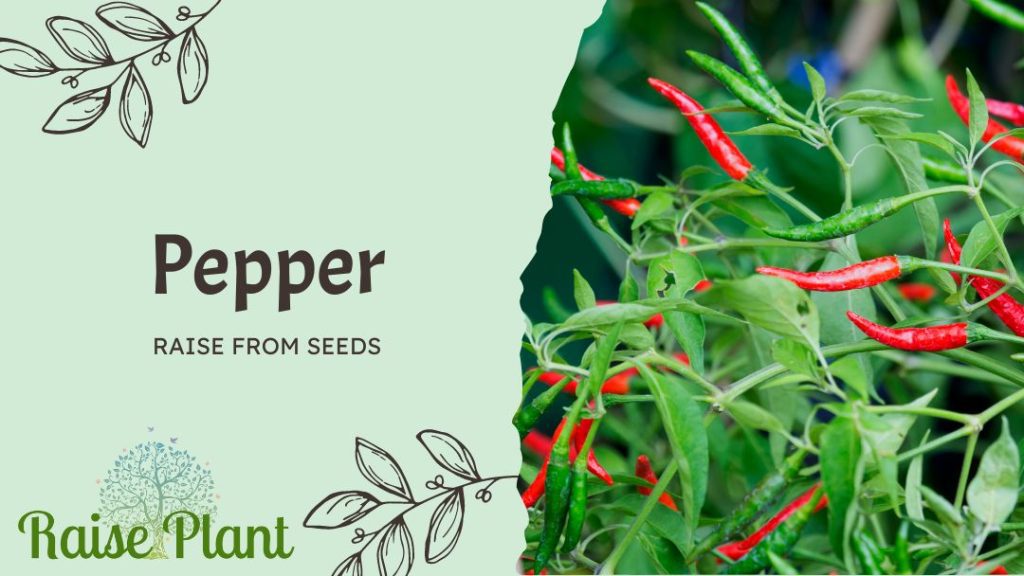
Choosing the Right Pepper Seeds
Pepper Seed Types and Their Unique Characteristics
When it comes to choosing pepper seeds, there are a variety of options available, each with its own unique characteristics. One option is sweet bell peppers, which are popular for their mild flavor and versatility in cooking. Hot peppers, on the other hand, range from mildly spicy to painfully hot and add bold flavors to dishes.
There are also specialty peppers like shishito or pimento peppers that have specific uses in certain cuisines. Another consideration when selecting pepper seeds is the plant’s growing conditions.
Some varieties of pepper are more suited to certain climates or soil types than others. For example, habanero peppers thrive in warm, humid environments while jalapeno peppers prefer cooler temperatures.
The Importance of Choosing the Right Pepper Seeds
Choosing the right type of pepper seed is crucial for a successful harvest. Planting the wrong variety can result in stunted growth or poor yield due to unfavorable growing conditions. It’s important to research which types of pepper are best suited for your climate and soil type before purchasing seeds.
In addition to environmental factors, it’s also important to consider what you plan on using the peppers for when choosing seeds. If you’re looking for a mild flavor to add depth to dishes without overwhelming them, sweet bell peppers may be the way to go.
However, if you’re looking for a bold kick of spice in your food, hot pepper varieties like cayenne or habanero may be more suitable. Overall, taking the time to research and choose high-quality pepper seeds will not only lead to a bountiful harvest but also ensure that your plants thrive in their growing environment.
Where To Buy High-Quality Pepper Seeds
When it comes time to purchase pepper seeds, it’s important to buy from reputable sources. Many gardening stores or online retailers sell a variety of pepper seed options, but it’s important to do your research and read reviews before committing to a purchase.
Seed savers exchange is a well-known source for heirloom and open-pollinated seeds, offering a wide selection of pepper varieties. Another popular option is Baker Creek Heirloom Seeds, which specializes in non-GMO and rare seed varieties.
Local farmers’ markets can also be great resources for finding high-quality pepper seeds and learning about which varieties are best suited for the area. Choosing the right pepper seeds is essential for a successful harvest.
Researching the different types of peppers available, their unique characteristics, and environmental requirements will ensure your plants thrive. Stick with reputable sources when purchasing seeds to avoid disappointment in the end result.
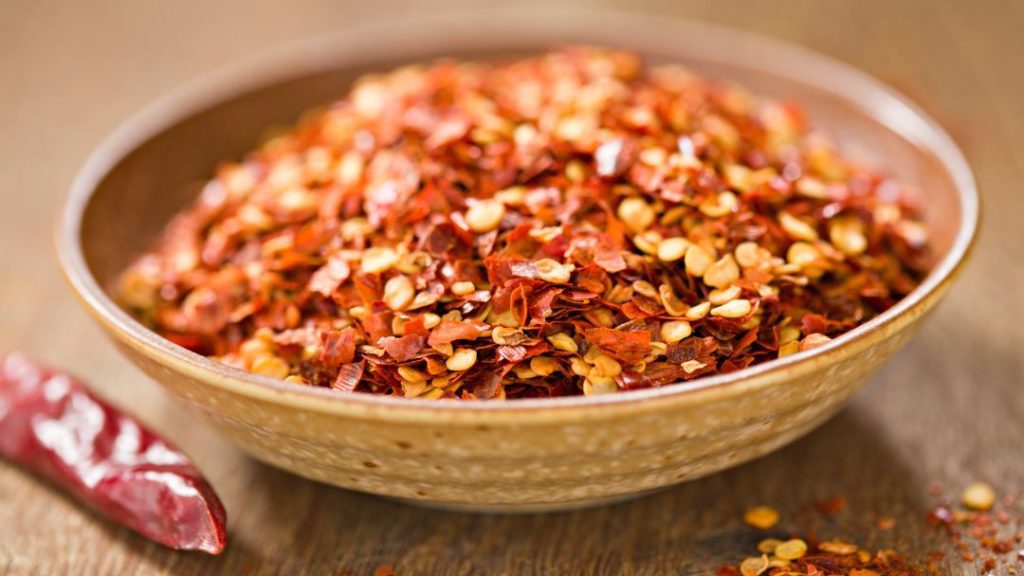
Preparing the Soil
The Importance of Proper Soil Preparation
Proper soil preparation is the foundation of a successful pepper harvest. Neglecting this crucial step will result in weak, stunted plants that produce little to no fruit. So, before you jump into planting your peppers, it’s important to take some time to properly prepare your soil.
Testing Your Soil
The first step in preparing your soil is to test it for pH levels. You can purchase a pH testing kit from most garden centers or online retailers.
The ideal pH range for growing peppers is between 6.0 and 7.0, but this can vary depending on the variety of pepper you’re growing. If your soil’s pH level falls outside of this range, don’t panic!
You can adjust it by adding lime to raise the pH or sulfur to lower it. Just be sure to follow the instructions on the package carefully and retest your soil after making any adjustments.
Amending Your Soil
Once you’ve determined your soil’s pH level, it’s time to amend it with organic matter such as compost or well-rotted manure. This will help improve drainage, increase nutrient levels, and provide beneficial microorganisms that will help support healthy root growth.
To amend your soil, simply spread a layer of compost or manure over the surface and work it into the top few inches with a garden fork or tiller. Be sure not to overwork the soil as this can damage its structure and prevent proper drainage.
Taking the time to properly prepare your soil is essential for growing healthy pepper plants that produce bountiful fruit. Testing your soil’s pH levels and amending it with organic matter will ensure optimal nutrient uptake and support healthy root growth – key components for a successful harvest!
Planting Pepper Seeds
The Importance of Proper Planting Techniques
Planting pepper seeds may seem like a straightforward task, but the truth is that improper planting techniques can lead to weak or stunted seedlings. To ensure strong plant growth and healthy harvests, it’s essential to pay close attention to the details of planting your pepper seeds.
One critical factor in planting pepper seeds is soil temperature. Pepper seeds need warm soil to germinate correctly, so make sure that your soil has reached a minimum of 70°F before planting.
You also need to plant the seeds at the right depth – too shallow and they will dry out, too deep and they won’t receive enough light. A good rule of thumb is to plant the seeds at a depth equal to twice their diameter.
How to Plant Pepper Seeds in Pots or Directly in Garden Beds
Pepper seeds can be started indoors in pots or sown directly into garden beds if conditions are suitable. If you’re starting your peppers indoors, you’ll want to use a high-quality potting mix that’s rich in nutrients and well-draining.
Fill your container with soil up to an inch below its top, then sprinkle several pepper seeds on top of the soil evenly spaced apart from each other. Next, cover the pepper seeds with ¼ inch of finely sifted potting mix or vermiculite for better germination rates.
You should also gently mist them with water using a spray bottle until moist but not soaking wet. If you’re sowing directly into garden beds outdoors, start by preparing the soil by removing any debris or weeds and tilling it lightly – making sure it’s not too compacted as this may hinder seedling growth.
Create furrows about half an inch deep using a rake or hoe; space them around 18 inches apart for bell peppers and around 12 inches apart for chili peppers. Sow the seeds in the furrows and then cover them with soil, patting down lightly to ensure good seed-to-soil contact.
When planting pepper seeds, it’s crucial to pay attention to the details. Proper planting techniques will lead to strong seedling growth and healthy harvests.
Remember always to choose the right kind of pepper seeds, prepare your soil correctly for planting, and ensure that you plant your seeds at the proper depth and in suitable growing conditions. With a little care and attention, you can grow your own delicious peppers at home and enjoy fresh produce all season long!
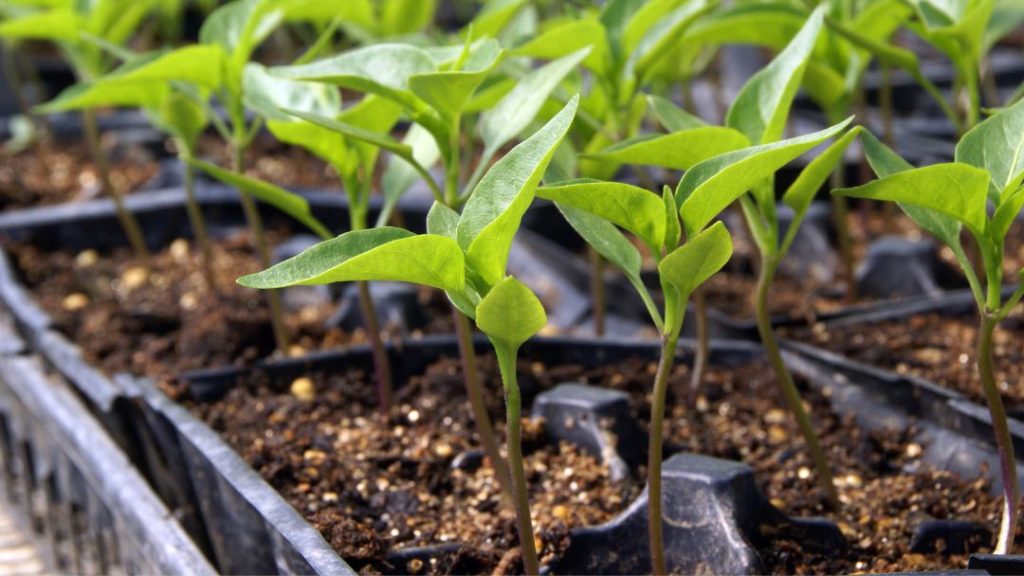
The Importance of Caring for Pepper Seedlings
Pepper seedlings are delicate and require consistent care to reach their full potential. This includes proper watering and fertilizing techniques that must be maintained throughout the plant’s growth cycle. Neglecting these crucial aspects of care can lead to stunted growth, poor yield, and even death of the plant.
Watering Pepper Seedlings
Watering pepper seedlings is a delicate balancing act. Too much water can drown the fragile roots, while too little can cause dehydration and shriveling.
The key is to provide consistent moisture without over-saturating the soil. A good rule of thumb is to water when the top inch of soil feels dry to the touch.
This may mean watering every few days or once a week, depending on your climate and humidity levels. When watering, it’s important to do so gently and evenly, avoiding causing soil erosion or damage to the young plants.
Fertilizing Pepper Seedlings
Proper fertilization is also essential for healthy pepper plants. While high-nitrogen fertilizers may promote rapid growth initially, they can harm sensitive seedlings in the long run. Instead, use a balanced fertilizer with equal amounts of nitrogen, phosphorous, and potassium.
Fertilize your pepper seedlings once every two weeks during their initial growth period with a half-strength solution diluted in water. Be careful not to over-fertilize as this can cause burning or damage to roots.
The Bottom Line
Consistent care is critical for healthy pepper plants that produce bountiful yields of delicious peppers. Proper watering and fertilizing techniques are just two aspects of this care that must be maintained throughout the plant’s life cycle. By nurturing your seedlings from day one with love and attention, you’re setting yourself up for success down the line – delicious, home-grown peppers!
Transplanting Pepper Seedlings
Timing is Everything
Timing is key when it comes to transplanting pepper seedlings. You want to make sure that the seedlings are strong enough to handle the shock of being moved, but not so large that their roots have become tangled and stunted in their current container.
Generally, it’s best to transplant pepper seedlings when they have two sets of true leaves and are at least 3-4 inches tall. This usually occurs between 6-8 weeks after sowing.
The Perfect Environment
When transplanting pepper seedlings, you want to ensure that they have the perfect environment for growth. If you plan on moving them into a larger container, make sure it is at least 8-10 inches deep with drainage holes at the bottom.
Fill it with nutrient-rich soil that has been properly fertilized beforehand. If you plan on moving them into a garden bed, choose a location that gets plenty of sunlight and has well-drained soil.
Handle With Care
When handling your pepper seedlings during transplanting, be sure to do so with care. Hold them by their leaves rather than their stems or roots, as these are delicate and can easily be damaged during the process.
Gently loosen the soil around each plant before removing it from its current container or bed. Place each plant in its new location and fill in any gaps with additional soil.
Be sure not to bury the stem too deeply as this can lead to rotting. Transplanting pepper seedlings can be a daunting task but with proper timing, environment setup, and care you can ensure strong plant growth for your harvest later on.
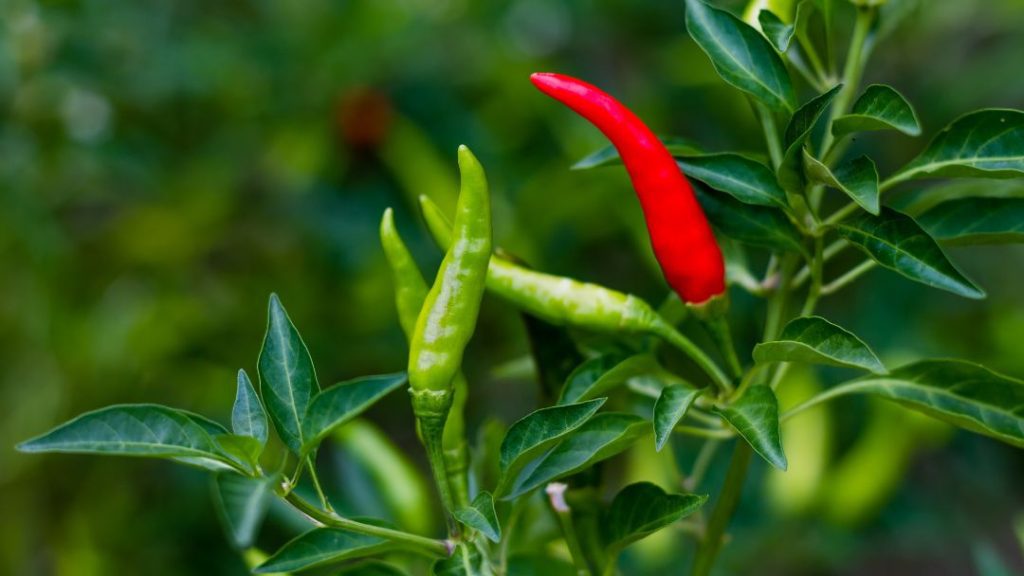
Dealing with Common Issues
Perilous Pests
One of the most common issues that can plague pepper plants is pests. Aphids, whiteflies, and spider mites are just a few of the pests that can wreak havoc on your pepper plants.
These tiny critters multiply rapidly and can quickly destroy an entire crop if left unchecked. There are many ways to combat these pesky insects, but my favorite is to use natural predators like ladybugs or lacewings.
These beneficial bugs will feast on the pests while leaving your peppers unharmed. If you prefer a more hands-on approach, you can also use insecticidal soaps or neem oil to keep the pests at bay.
Dreaded Diseases
Another common issue that can affect your pepper plants is disease. Bacterial spots, powdery mildew, and verticillium wilt are just a few of the diseases that can strike your precious peppers.
These diseases can cause stunted growth, leaf drop, and even death if not treated promptly. One of the best ways to prevent disease in your peppers is through proper plant spacing and good air circulation.
This will help prevent moisture buildup which can lead to fungal growth. Additionally, it’s important to keep an eye on your plants for any signs of disease such as spots or discoloration, and act quickly if you notice anything amiss.
Nasty Environmental Factors
In addition to pests and diseases, environmental factors such as temperature extremes or excessive rain can also negatively impact your pepper crop. Peppers prefer warm temperatures between 70-90 degrees Fahrenheit and don’t do well in extremely cold or hot weather. Excessive rain or watering can also lead to root rot which is often fatal for peppers.
To combat these environmental factors, it’s important to monitor weather conditions closely and take action when necessary. This may mean using shade cloth to protect your plants from excessive heat or covering them during a sudden cold snap.
Additionally, be sure to provide proper drainage to prevent root rot and avoid over-watering.
Conclusion
Growing peppers from seeds can be a rewarding and enjoyable experience, but it’s not without its challenges. Whether you’re dealing with pesky pests or tricky environmental factors, there are always solutions to be found.
By taking the time to properly care for your pepper plants and stay vigilant for any signs of trouble, you can successfully grow a bountiful crop of delicious peppers. So don’t get discouraged if things don’t go perfectly at first – with patience and perseverance, you’ll soon be enjoying the fruits (or rather, vegetables) of your labor!

